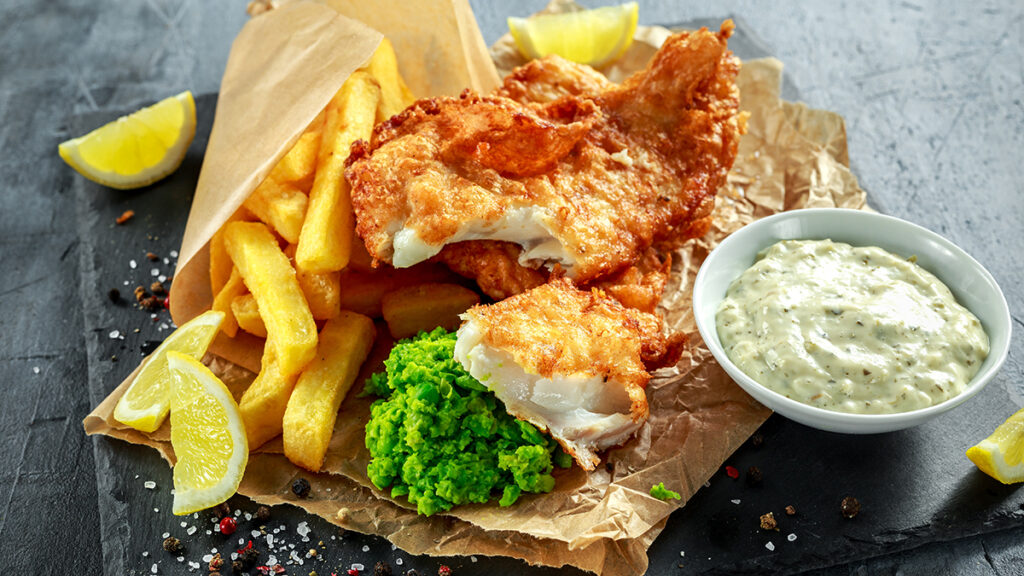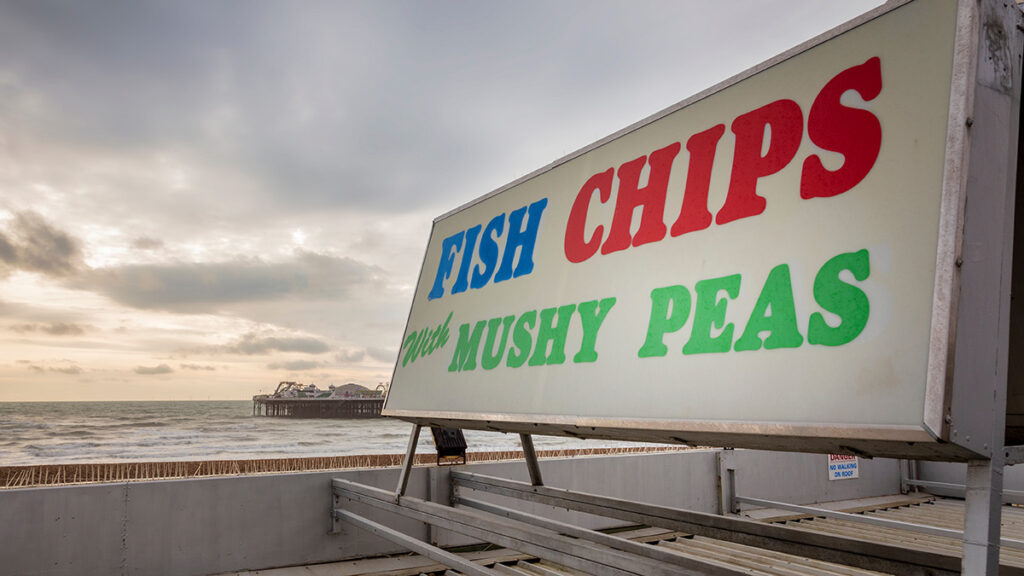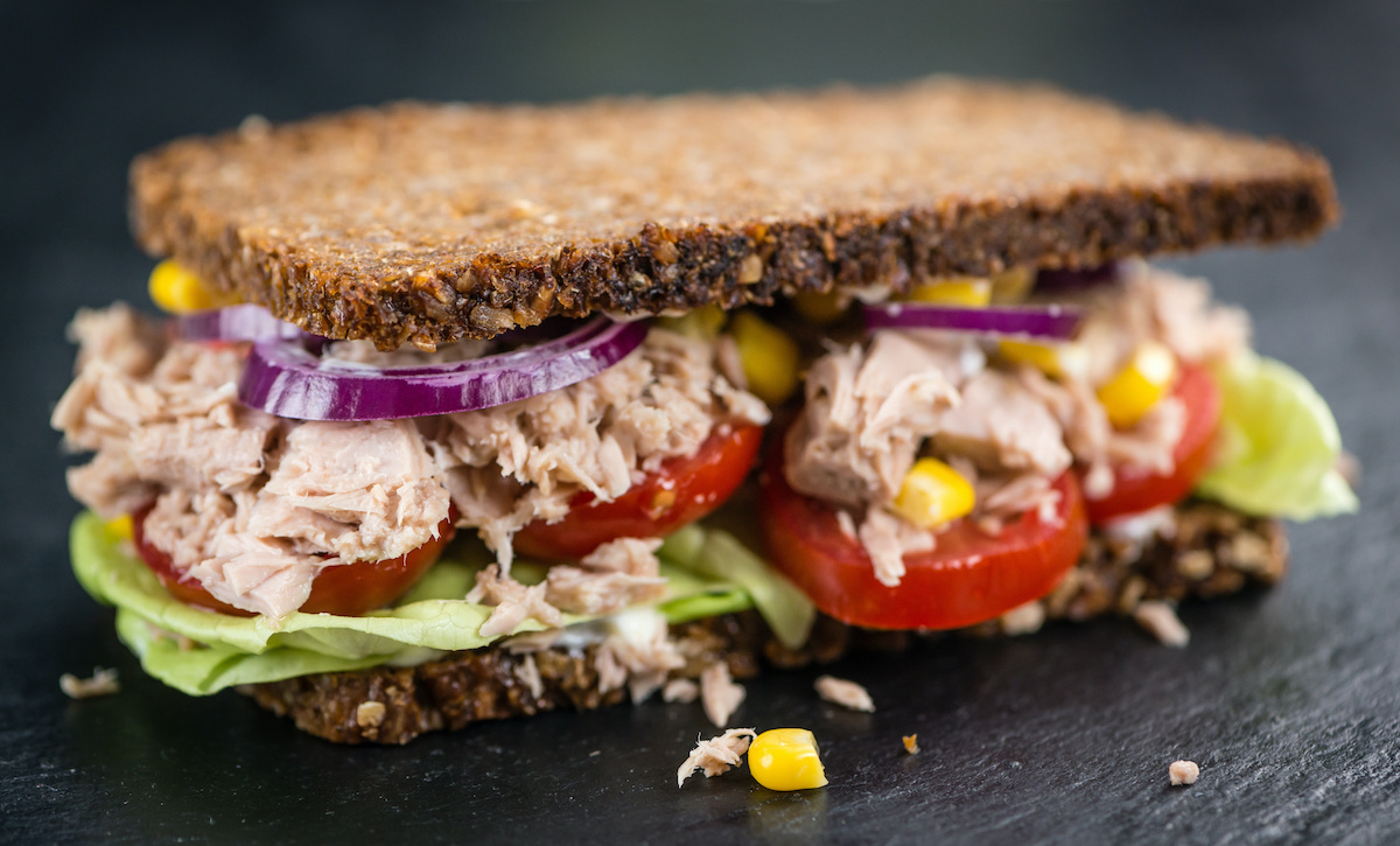The Unusual History of Fish and Chips
The Brits may claim this as their national dish, but did they invent this iconic pair? Not so much.
Mar 07, 2024
Visit the United Kingdom, and you'll be sure to pass by “chippies," quick-service restaurants that specialize in battered, fried cod fillets resting atop of a mountain of hot chips, aka French fries to Americans.
This iconic casual food duo has long been regarded as classic British fare. Sir Winston Churchill considered fish and chips so important to the British that the populace would rebel if it was rationed during World War II. During the D-Day landings, when visibility was poor, British soldiers would call out “fish," knowing their compatriots would respond “chips." Any other response and the incorrect party would have certainly “had their chips," Brit-speak for a disastrous failure.
But Anglospheric pride notwithstanding, it's time to establish the dish's true roots. The original idea of coating cod in a batter and frying it wasn't British, or even a product of a particular country. It emerged from the practical considerations of Judaism under pressure.
England was the first European country to expel Jews, who were banned for 366 years. When Jews returned in the late 1600s, they gave the culture its most beloved dish. How ironic, and how beautiful.
Here's how it happened.
Keeping cod tasty…overnight
Imagine that you are an observant Jew living in Portugal under Catholic rule. You are keeping a low profile, so you eat fish on Fridays.
In Portugal, cod is a favored fish. Fish, to the Jews, was also appreciated as a main course that you could eat alongside dairy, under Jewish law that forbids mixing meat and milk.

But observant Jews could not cook on the Jewish Sabbath, from sundown Friday night through sundown Saturday.
Therefore, they prepared cod on Friday afternoon, fried in a thin coat of flour or matzo meal, which helped to preserve its flavor when it was eaten again, cold, the next day.
Jews had settled in the region, including Spain, centuries earlier, when they lived peacefully with Muslims and Christians under Moorish rule. Today, Jews with this cultural heritage are known as “Sephardi," from the Hebrew word “Sepharad," which came to refer to the nation of Spain.
In the late 1400s, the Spanish Inquisition set out to rid the country of all heretics, including Jews suspected of practicing their religion in secret. In 1492, Jews were given four months to leave. Many fled to Portugal, which issued a similar decree five years later.
Jews fled to Turkey, Morocco, Syria, and Amsterdam. Others stayed, hiding behind such Catholic customs as Friday fish dinners.
Return to England
Influenced by Rabbi Menasseh ben Israel of Amsterdam, in 1655, Oliver Cromwell, who held the title of Lord Protector, petitioned the British Council of State to readmit Jews.
When Sephardi Jews arrived in England, they brought the custom of coating and frying cod with them. They took to selling the fried fish in the streets, carrying it on a tray hanging from their necks on leather straps.
Part of the secret of the Jewish recipe may have been using olive oil for frying, rather than lard, a meat fat that meant the fish could not be served with dairy. Cookbooks referred to “Fried Fish, Jewish Fashion."

I'll take chips with that
While the exact origin isn't clear, it may be that the idea of pairing fried potato chunks with battered fish was the brainchild of a Jewish immigrant named Joseph Malin, who opened the first British “chippy" in London in 1863. Meanwhile in Ireland at roughly the same time, legend has it that an Italian immigrant first sold fish and chips outside Dublin pubs from a handcart.
From the 1870s onward, the fish and chips business spread through London and industrial towns in northern England, where they quickly fed factory and mill workers, serving as lunchbox fare much more conveniently than a poached fillet.
The taste has lasted: According to the National Federation of Fish Friers, 22% of people in the United Kingdom visit a fish and chips shop every week.
To make the British classic at home, dip cod, haddock or pollock [Editor's note: I had a sockeye salmon version in a little shop in British Columbia, and it was transcendent] in a batter with beer (or club soda) and fry in oil at 350 degrees Fahrenheit for about three minutes, turning often, until golden brown.
And for an updated version of the traditional crunch, try our recipe for cornmeal-crusted cod with avocado-spinach sauce.







